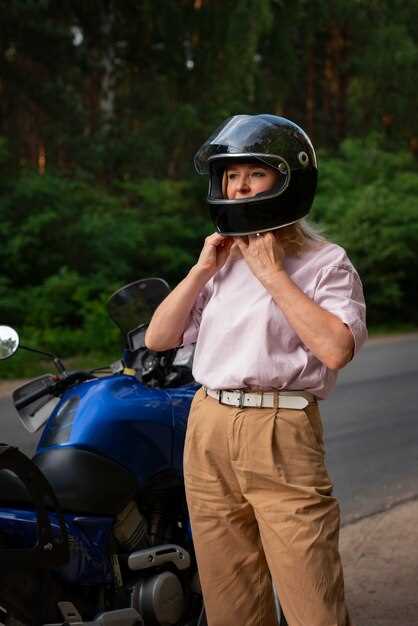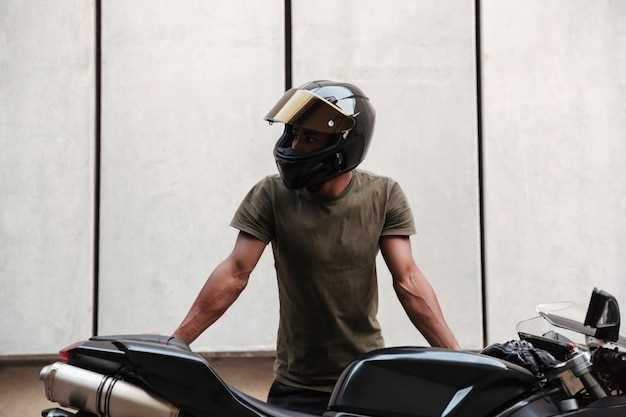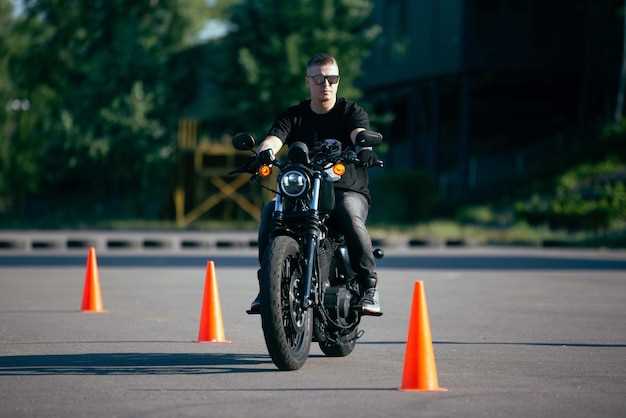
Cornering is one of the most exhilarating aspects of sportbike riding, offering both a thrill and a challenge. The angle at which a rider approaches a curve can significantly influence their overall performance and safety. To fully enjoy the ride while maintaining control, it’s essential to understand the intricacies of cornering techniques.
When tackling a corner, the initial entry speed and body posture play crucial roles in determining the success of the maneuver. Mastering the correct body position allows riders to shift their weight effectively, enhancing grip and stability. The right angle of lean can make all the difference, as it directly affects traction and the bike’s ability to navigate through the curve efficiently.
Additionally, understanding cornering lines and the dynamics involved becomes vital in optimizing speed and control. Employing techniques such as counter-steering and apex targeting not only improves a rider’s skill set but also elevates confidence on the track or road. By focusing on these essential cornering techniques, riders will not only boost their performance but also ensure a safer and more enjoyable riding experience.
Understanding Lean Angle for Optimal Control

In sportbike riding, the lean angle is a critical factor that significantly impacts cornering performance. A proper lean angle allows the rider to maintain control, stability, and traction while navigating through turns. When entering a corner, the rider must adjust their body position and the bike’s angle to optimize the path taken through the curve.
Too little lean angle may lead to a wide trajectory, making it difficult to stay on the desired path. Conversely, excessive lean can result in a loss of grip, leading to a dangerous situation. Understanding the bike’s dynamics and how gravity affects the cornering process is essential for achieving the ideal lean angle. Riders must learn to gauge the conditions of the road, the bike’s capabilities, and tire performance to determine the perfect degree of lean necessary for each corner.
One important aspect of managing lean angle is body positioning. Shifting your weight toward the inside of the turn helps lower the center of gravity, allowing the bike to lean more effectively. Striving for a smooth transition into the lean angle enhances the overall cornering experience, providing better feedback and confidence through the turn.
Moreover, it’s vital to be aware of the relationship between speed and lean angle. As speed increases, a greater lean angle is often required to navigate the same corner safely. However, this must be approached with caution, as higher speeds also increase the risk of losing traction. Developing an intuitive understanding of how lean angle correlates with speed and cornering dynamics will lead to improved riding skills and safety on the track or the road.
Continuous practice and refinement in managing lean angles are essential for any sportbike rider. By honing this skill, riders can achieve optimal control when cornering, enhancing their overall riding experience and safety. Remember, every corner presents a unique challenge; understanding and applying the appropriate lean angle can make all the difference in confidently conquering them.
Body Positioning to Enhance Stability in Turns
Effective body positioning plays a crucial role in mastering cornering on a sportbike. By adopting the correct stance, riders can significantly enhance their stability while leaning into curves. Proper alignment of the body allows for better control, improved traction, and increased confidence during turn execution.
When approaching a corner, it’s essential to shift your body weight slightly to the inside of the turn. This movement lowers the center of gravity, helping the bike to carve through the corner more smoothly. Riders should maintain a relaxed grip on the handlebars while ensuring their torso and elbows are positioned correctly. Keeping your elbows bent and open allows for better bike feedback and responsiveness.
The position of the legs is equally important. Riders should keep their knees close to the tank, which provides stability and aids in weight distribution. Engaging the lower body helps anchor the rider on the bike, allowing for more accurate steering inputs. By using the legs to squeeze the tank, riders can enhance grip and reduce the chances of being thrown off balance.
Leaning into the turn is vital for maintaining speed and control. As the bike enters the corner, riders should allow their body to follow the motorcycle’s path, leaning in unison with the bike. This synchronized movement reduces the bike’s lean angle and helps maintain contact with the road, improving overall stability in the turn.
It’s also important to keep your head up and eyes focused on the exit of the corner. This not only aids in directing the bike but also encourages a natural body position that complements the bike’s lean. By looking ahead, riders can anticipate changes in the road and make necessary adjustments early, thereby enhancing stability and safety in turns.
In summary, mastering body positioning while cornering involves shifting weight, maintaining a relaxed grip, and aligning the body with the bike’s motion. Implementing these techniques will lead to greater stability, improved cornering performance, and an overall more enjoyable riding experience.
Utilizing Throttle Control to Manage Cornering Dynamics

Throttle control plays a pivotal role in the dynamics of cornering on a sportbike. Proper management of the throttle can significantly affect the bike’s lean angle and overall stability during a turn. Understanding how to manipulate the throttle can enhance both performance and safety.
As a rider enters a corner, the bike naturally leans due to centrifugal forces. Maintaining the appropriate lean angle is essential; too much lean can lead to loss of grip, while too little can result in a wide exit. Smooth and precise throttle application helps achieve the desired lean by influencing traction.
Applying throttle progressively as you lean into the turn generates additional grip. This technique allows for better control of the bike’s trajectory, facilitating a tighter turn. On the other hand, abruptly closing the throttle can upset the balance, risking a slide or even a fall. It is crucial to find the right balance when introducing throttle input.
As you reach the apex of the corner, gradually increasing the throttle will help in stabilizing the bike and transitioning smoothly out of the turn. The amount of throttle applied should correlate with the bike’s lean angle–more throttle for a steeper lean and less as you stand the bike up exiting the corner. A well-timed throttle roll-on enhances acceleration and keeps the bike stable as you exit.
Additionally, practicing throttle modulation can greatly improve cornering speed. Riders who master the use of throttle control can maintain optimal lean angles while adjusting their speed dynamically, enabling faster and safer cornering. The relationship between throttle and lean angle is crucial for maximizing cornering performance on a sportbike.
